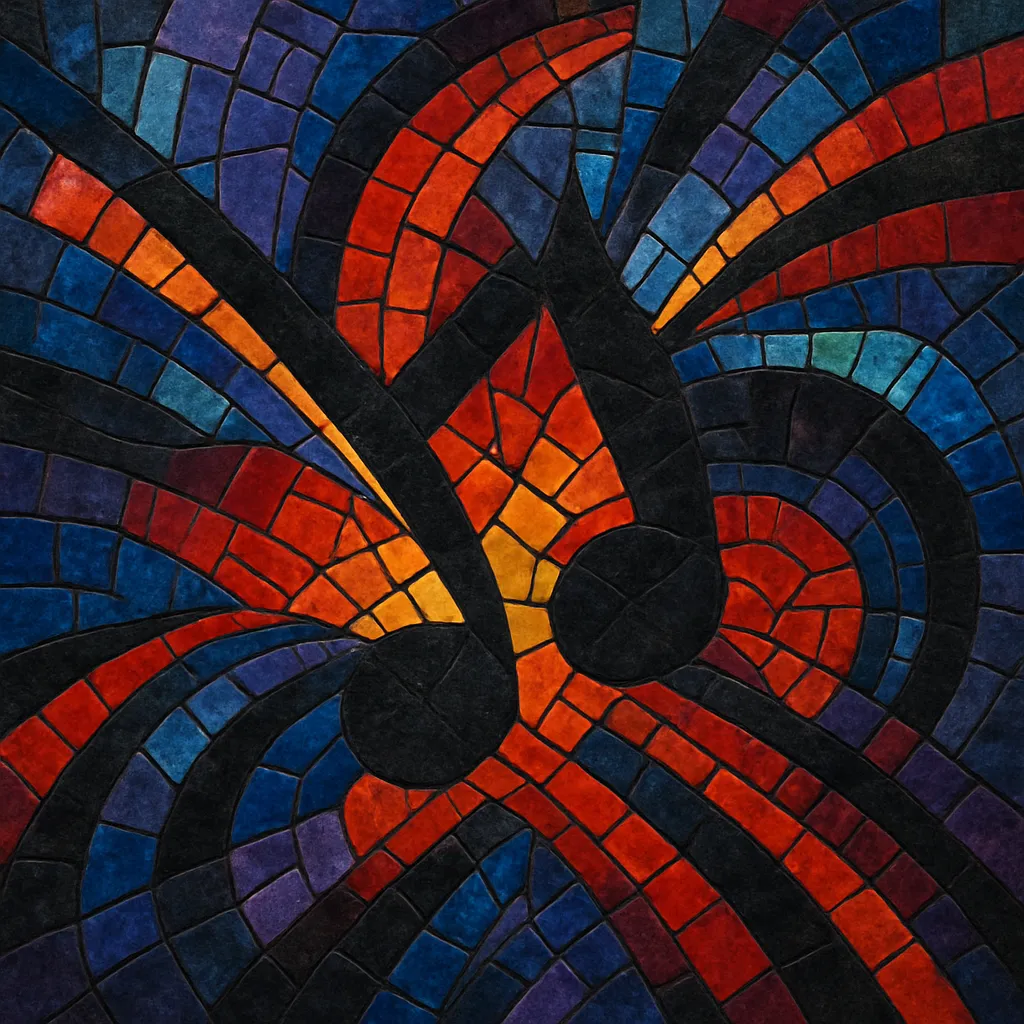Hardbag is a mid‑1990s British club sound that toughened up the glossy, vocal-led appeal of handbag house with chunkier drums, sharper synth stabs, and rave‑leaning energy. Sitting between commercial house and the emerging UK hard house/NRG scenes, it favors driving 4/4 kicks, emphatic off‑beat bass, hoover-style stabs, diva vocal hooks, and big snare‑roll build‑ups.
Typical tempos sit around 130–135 BPM. Arrangements are DJ-friendly with intro/outro tools, breakdowns centered on a memorable vocal or synth riff, and dramatic filter sweeps before a high‑impact drop. The palette draws from classic 909 drums, Alpha Juno “hoover” tones, bright trancey leads, and tightly looped, radio‑ready choruses.
Hardbag emerged in the UK as club DJs and remixers amped up the already-popular “handbag house” sound. They borrowed the sing‑along vocals and piano‑house accessibility of mainstream house, then toughened it with rave sonics: hoover stabs from Belgian techno/hardcore, tighter 909 drums, and bigger breakdowns. The term “hardbag” was used in UK music press and record shops to describe this harder, peak‑time variant that still felt pop‑friendly.
Between roughly 1994 and 1997, hardbag became a staple of UK commercial club nights and a frequent feature of 12-inch remix packages. Remixers like Motiv 8, the Sharp Boys, Rollo & Sister Bliss, Tin Tin Out, and others delivered energetic versions of pop and dance records that worked on both radio and dancefloors. Labels such as Positiva, Deconstruction, Hooj Choons, and Perfecto helped codify the sound, placing it alongside progressive house and early hard house in record bins.
By the late 1990s, tastes bifurcated: some of hardbag’s constituency moved toward harder UK hard house/NRG, while others followed the euphoric, supersaw-laden arc of commercial trance and trance‑pop remixes. Although the term “hardbag” faded, its blueprint—big diva hooks over punchy, rave‑tinted house—left a mark on late‑1990s UK dance‑pop and informed the transition to more explicitly hard house styles.


